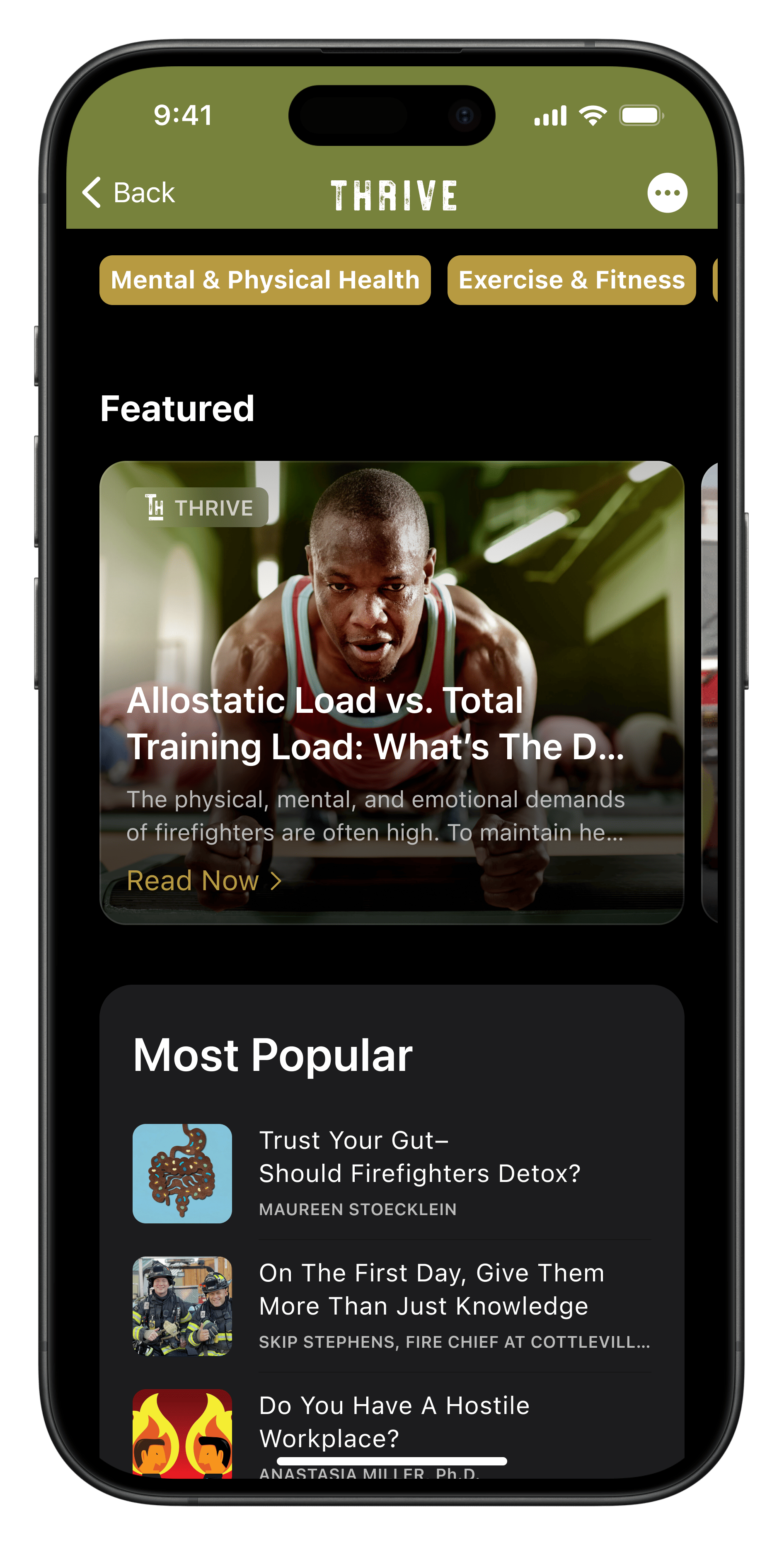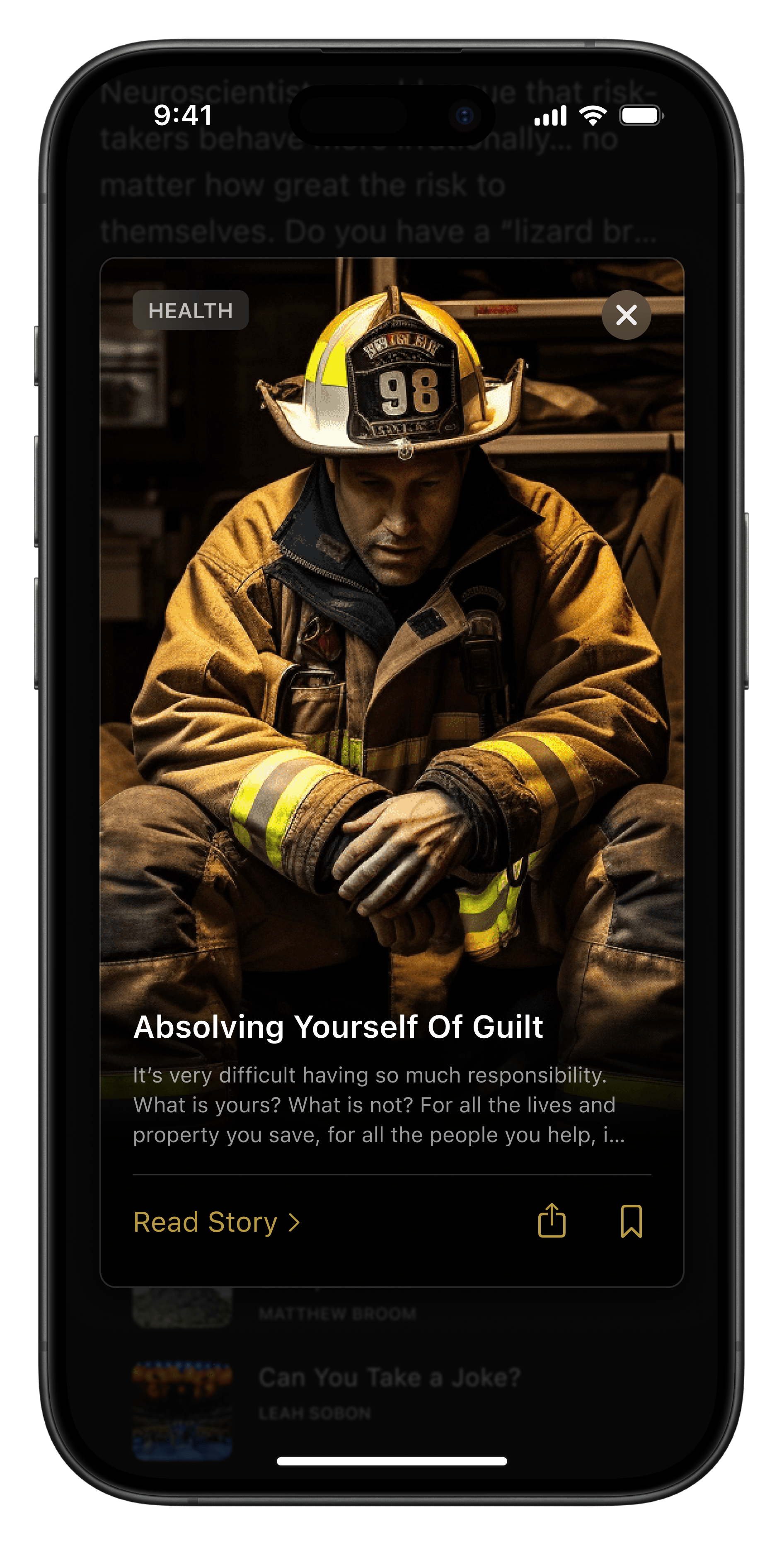Shrinks Unwrapped: FAQs About First Responder Therapy

By Dr. Stacy Raymond, Bonnie C. Rumilly, LCSW, EMT-B, and Lt David Dachinger (ret.)
Retired Fire Lieutenant David Dachinger joins forces with seasoned psychotherapists Dr. Stacy Raymond and Bonnie Rumilly, LCSW, EMT-B, to peel back the layers of responder therapy. Titled “Shrinks Unwrapped: The Inside Scoop on Responder Therapy,” this Responder Resilience episode, which aired on May 22nd, 2024, offers a rare glimpse inside a psychotherapist’s office and what a first responder client can expect to experience during a therapy session.
FAQ: What can someone expect when they visit a first responder therapist’s office?
Bonnie: Many clients initially feel scared, primarily due to the vulnerability and exposure that sharing personal details entails. It’s not just about entering the office but overcoming the fear of opening up to someone they may barely know.
Stacy: Our office is designed to be welcoming and relatable. We have memorabilia like patches, challenge coins, and items gifted by clients, such as a .50 caliber bullet symbolizing a traumatic memory we worked through. There are also humorous pictures to remind clients that therapy isn’t all doom and gloom. We aim to make the environment as comfortable as possible. Often, therapists have had personal experience with therapy, including EMDR therapy, so we understand what it feels like to take that leap.
FAQ: Can you describe your practice and how you work with first responders?
Stacy: We prioritize comfort and security in our office setup, especially for those with post-traumatic stress. First responders and veterans often feel more at ease when they can see the door, so we position them accordingly. I maintain a comfortable distance to avoid triggering discomfort or vulnerability. During EMDR therapy, intense emotions and memories may surface, so I reassure clients that they can take breaks whenever needed. The goal is to ensure comfort and confidentiality throughout the session.
FAQ: How do therapists manage not to be affected by the traumatic memories shared by clients?
Bonnie: Working with first responders requires a cultural understanding and resilience. There’s little that can shock us at this point.
Stacy: Humor and light-hearted moments can provide a much-needed break from the intensity of therapy. Given the demanding nature of first responders’ jobs, it’s important to allow space for laughter and relaxation. Therapy isn’t just an hour of trauma; it can also be a time to unwind and even have some fun.
FAQ: How do you ensure the confidentiality of first responders who might worry about their disclosures reaching peers or superiors?
Stacy: Confidentiality is crucial for all clients but is especially emphasized for first responders. We stagger appointments to ensure privacy, with gaps between sessions to avoid overlap.
Bonnie: We are extremely protective of our first responders and take every measure to safeguard their privacy. The stakes are high, and we never want to breach confidentiality.
Stacy: Because first responders are often hesitant to seek help, we adopt a proactive approach. If a client seems to be struggling, I will follow up with them, whether through a call or text, to offer continued support. This proactive stance helps ensure they don’t feel alone in their journey.
FAQ: When should a first responder see a therapist?
Stacy: Many first responders hesitate to seek therapy and often wait until things are really bad. It’s akin to their “911 call.” If they reach out to us, it indicates a dire situation. Bonnie and I prioritize seeing them immediately. If we get a voicemail, we call back right away and aim to see them within a day or so to ensure they receive the help they need.
Bonnie: Ideally, don’t wait until you’re completely numb. Reach out when things start to feel off.
Stacy: Indicators include disengagement, losing interest in activities you once loved, or excessive drinking. Often, peers, significant others, family members, or friends may notice these changes first. If you receive feedback like, “You’re not yourself,” or “That’s your eighth beer, are you okay?” it’s time to consider therapy. These issues can’t be resolved by self-help books or videos; professional one-on-one therapy is necessary.
FAQ: What are some common misconceptions about therapy?
Stacy: Many people think therapy involves lying on a couch and spilling your guts from the get-go. For first responders, it’s crucial to meet human to human. We ease into conversations and skip topics you’re not ready to discuss. Therapy doesn’t have to be intense every session. We can take it easy and have light sessions if needed.
Bonnie: EMDR therapy often yields fast results, but it varies based on age and trauma complexity. A single traumatic incident is different from complex trauma involving childhood abuse, military service, and first responder experiences. Therapy is collaborative; while we are experts, everyone has an inner therapist.
FAQ: How does a first responder find the right therapist?
Stacy: Websites like EMDRIA.org and PsychologyToday.com are excellent resources. Enter your zip code and filter by “first responder” issues, “post-traumatic stress,” “trauma,” or insurance requirements.
Bonnie: Ensure the therapist specializes in what you need. If you have substance abuse issues, find a therapist who specializes in that. Specialization is crucial—just as you wouldn’t go to an eye doctor for a foot problem.
Stacy: Do your research. Ask questions to ensure the therapist has experience working with first responders. Familiarity with the culture is essential.
FAQ: What is the difference between EAP, insurance, and out-of-pocket payment?
Stacy: Ask about the therapist’s payment policy. If you want to use your department-affiliated EAP, ensure the therapist is familiar with first responders and is trauma-informed if you plan to discuss trauma. For other issues like marital or financial struggles, an EAP might suffice.
Bonnie: If you can’t pay out of pocket, check if the therapist accepts your insurance or offers a sliding scale. Many therapists, including myself, offer sliding scales for first responders and veterans.
Stacy: Some therapists don’t take insurance but provide paid invoices for reimbursement, which can count toward your deductible. It’s about being a smart consumer and asking the right questions.
This article contains detailed excerpts from an episode from the Responder Resilience podcast directed by retired Fire Lieutenant David Dachinger and hosted by psychotherapists Dr. Stacy Raymond and Bonnie Rumilly, LCSW, EMT-B. The episode titled “Shrinks Unwrapped: The Inside Scoop on Responder Therapy.” Stacy and Bonnie devote many hours of their practices to serving first responders (from any and all branches), many of whom struggle with Post Traumatic Stress injury. In this episode, which aired on May 22nd, 2024, David explores with Stacy and Bonnie what it is like inside a psychotherapist’s office and what a first responder client can expect to experience during a therapy session.
Podcast
Contests & Promotions





















